1. Only Around 10 Left in the Wild
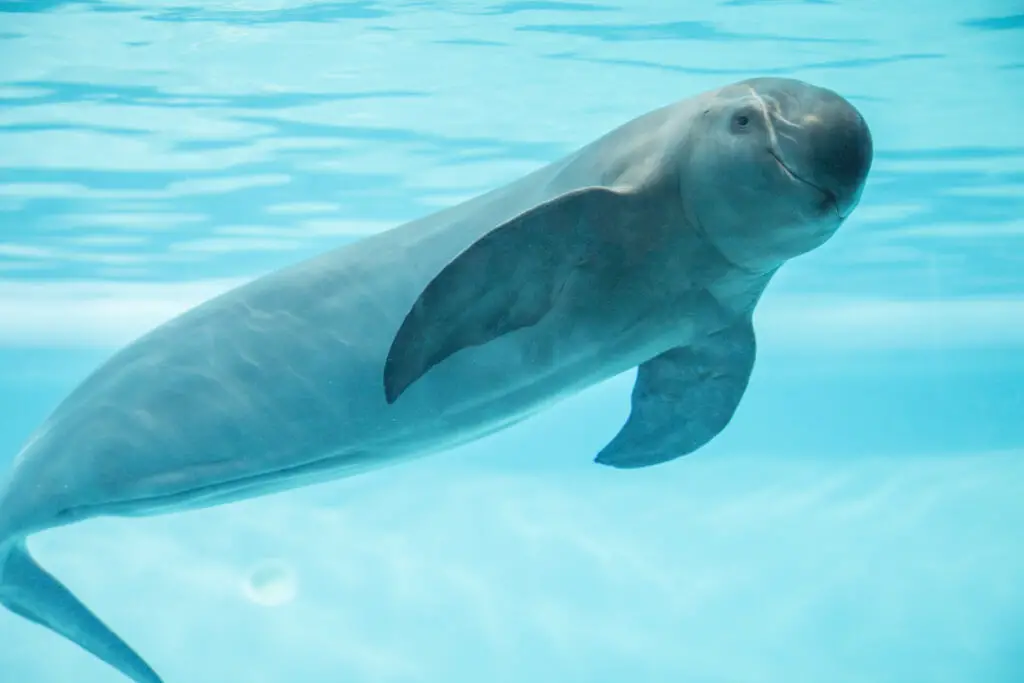
The vaquita’s population has plummeted in recent decades, and today, according to the World Wildlife Fund, only an estimated 10 individuals are believed to remain in the wild. This has placed the species at the brink of extinction, and the clock is ticking for scientists to intervene. In the 1990s, there were an estimated 600 vaquitas, but due to a combination of environmental threats and human activities, their numbers have sharply declined. The dramatic reduction in population makes it incredibly difficult for the species to recover, as their gene pool is dangerously small. Without significant intervention, the vaquita could become the first cetacean species to go extinct in over 50 years.
Conservationists argue that this is a tipping point, with the final few vaquitas needing immediate protection. The loss of such a rare species would also be a huge blow to biodiversity, further underscoring the urgency of the situation. Researchers are working tirelessly to identify remaining vaquitas in the wild, utilizing advanced monitoring techniques to track their movements. Every sighting or acoustic detection of a vaquita is critical, providing valuable data for future conservation efforts. However, unless swift action is taken, it may be too late to reverse the damage already done.
2. Caught in Illegal Fishing Nets
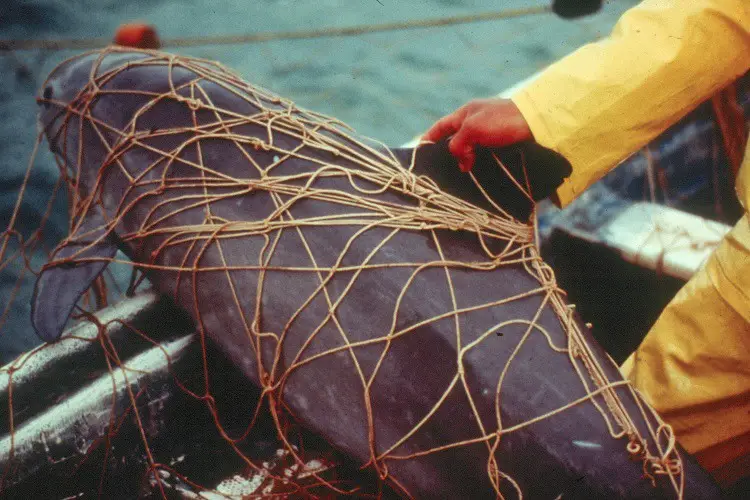
One of the most significant threats to the vaquita’s survival is the illegal fishing industry in the Gulf of California. Illegal gillnets, typically used to catch the totoaba fish, pose a deadly trap for vaquitas. According to the Aquarium of the Pacific, totoaba is a prized fish whose swim bladder is highly sought after in black markets, especially in China, where it is considered a delicacy and believed to have medicinal properties. As totoaba fishing continues to flourish, the vaquita is often unintentionally caught in these nets. Vaquitas become entangled in the nets and, unable to surface for air, ultimately drown. This bycatch is catastrophic for the vaquita population, as the species is already so small and vulnerable.
Despite efforts to ban the use of these nets, illegal fishing operations persist, fueled by high demand for totoaba products. Even as law enforcement ramps up patrols in the region, it is an uphill battle to fully eradicate illegal fishing activities. Local communities have voiced their concerns, and enforcement agencies have made some progress, but stopping illegal fishing remains one of the biggest hurdles in saving the vaquita. Without stricter laws and better monitoring, the number of vaquitas continues to dwindle, and their survival remains uncertain.
3. Critical Role in Marine Ecosystems
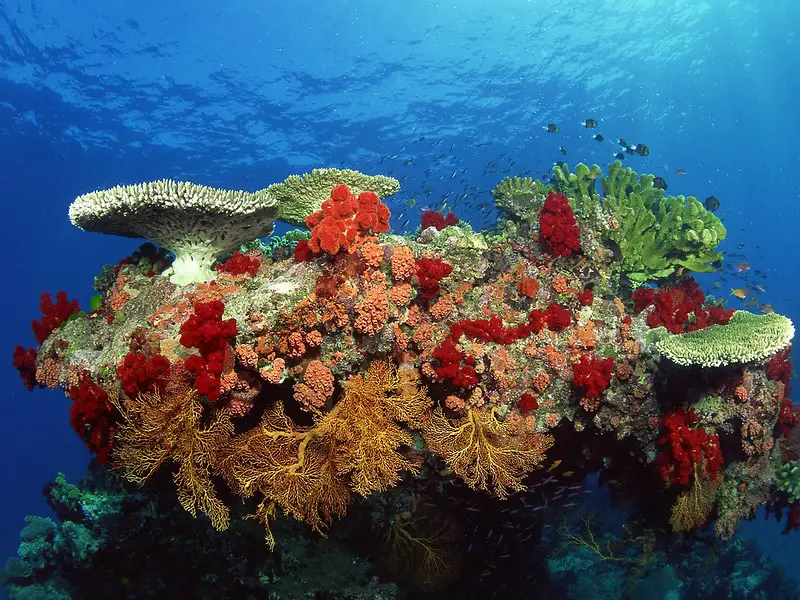
Beyond their rarity, vaquitas play an essential role in maintaining the health of marine ecosystems. Like other marine mammals, they help regulate populations of smaller fish and marine invertebrates, contributing to a balanced food web. The vaquita’s diet primarily consists of small fish and invertebrates found in the shallow waters of the Gulf of California. According to Earth, their presence is a sign of a healthy ecosystem, and their loss could have significant ripple effects on the surrounding environment. For example, the reduction in vaquita numbers could lead to overpopulation of certain fish species, which could then impact the populations of their prey and the broader marine food chain. In essence, the vaquita is a keystone species in its habitat, and its disappearance could cause cascading ecological consequences.
Marine ecosystems are already facing numerous threats, including overfishing, pollution, and climate change, and losing a species like the vaquita could exacerbate these challenges. Conservationists emphasize that saving the vaquita is not just about saving a single species but about preserving the delicate balance of life in one of the world’s most biodiverse marine environments. Protecting vaquitas also means protecting the intricate web of marine life they support. The health of the oceans depends on the preservation of all species, from the tiniest plankton to the largest whales.
4. Difficulty in Captivity and Conservation
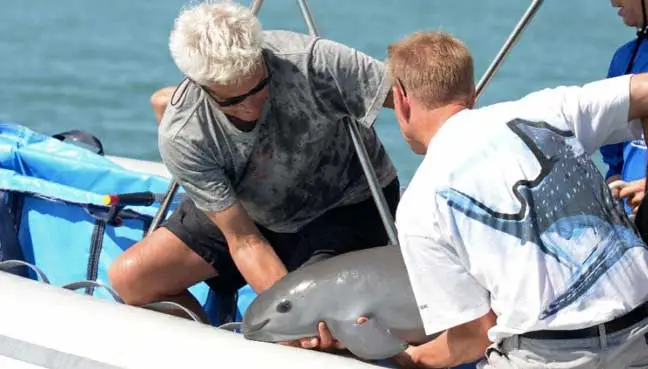
Attempts to save the vaquita have faced many obstacles, including the challenges of studying and conserving them in captivity. Given the vaquita’s critical status, some conservationists have considered the possibility of relocating them to a safe environment, such as a controlled sanctuary, to protect them from the dangers of the wild. However, these efforts have proven problematic. According to Seaworld, vaquitas are known for being particularly elusive and sensitive to human presence, which makes them difficult to study and monitor, even in controlled settings. Captivity has been unsuccessful in providing a safe space for the species to thrive, and previous efforts to keep vaquitas in captivity have resulted in stress-related health problems.
Additionally, breeding programs have faced challenges due to the low number of remaining vaquitas. With so few left, the genetic diversity needed to support a healthy population is severely limited. In the wild, vaquitas rely on the delicate balance of their natural habitat, which is difficult to replicate in artificial environments. This has made it clear that saving the vaquita will require concerted efforts in the wild, including the removal of threats like illegal fishing and habitat degradation. As a result, researchers are focusing more on in-situ conservation methods, hoping to protect the species in its natural habitat before it’s too late.
5. The Importance of International Support
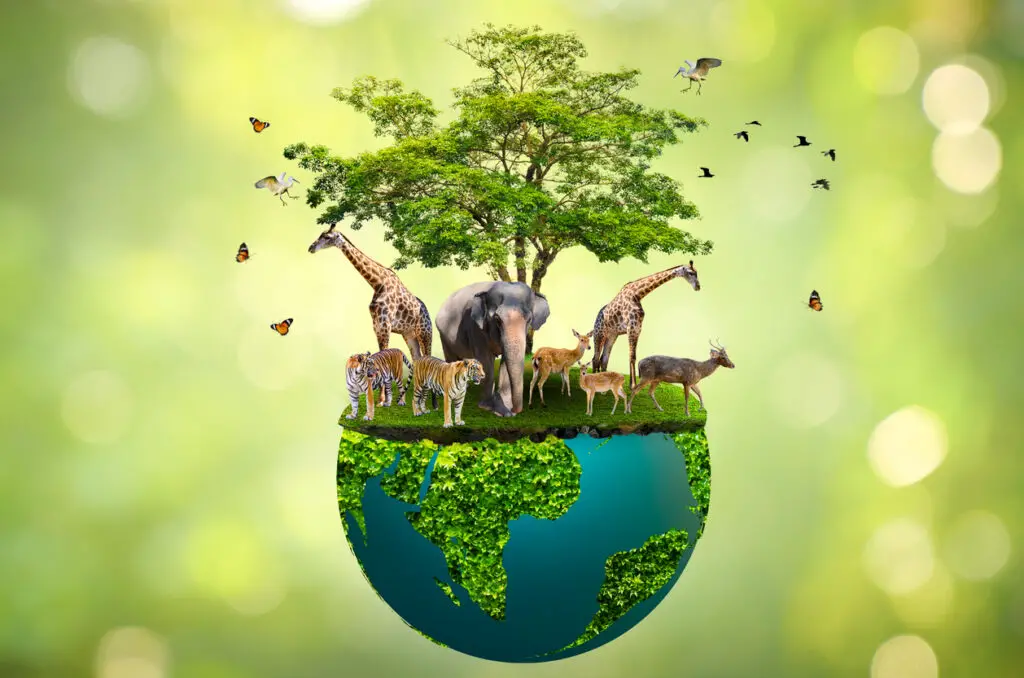
The plight of the vaquita is not just a local issue—it is a global one that requires international cooperation to solve. According to NOAA Fisheries, the vaquita’s range is confined to the Gulf of California, but the impact of their extinction would be felt worldwide. The illegal totoaba fishing trade spans borders, with the demand for the fish’s swim bladder driving illicit activity across countries. As a result, scientists and conservation organizations are urging for greater international collaboration to address the crisis. This includes stronger enforcement of bans on illegal fishing and improved cooperation between Mexico, the United States, and other nations involved in the totoaba trade. Additionally, funding from international organizations and governments is crucial for supporting monitoring efforts and conservation programs.
The global community must come together to put pressure on Mexico to strengthen protection measures for the vaquita, such as providing more resources for patrols, setting up more secure protected areas, and enforcing stricter penalties for illegal fishing. Without international support, efforts to save the vaquita may remain insufficient, and the species could slip further into extinction. The fight to protect the vaquita is a fight for global biodiversity, and it requires the involvement of all nations. By working together, the international community can help prevent another species from disappearing forever.
6. Hope Lies in Technology and Innovation
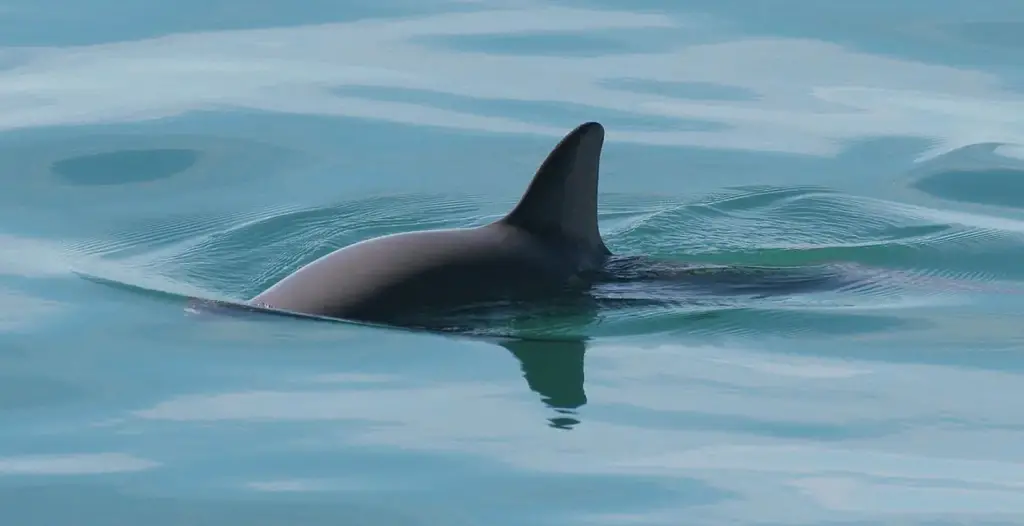
One of the most promising tools in the fight to save the vaquita is the use of advanced technology. Scientists are employing cutting-edge methods to better understand the species and track its dwindling numbers. Acoustic monitoring, for example, has been critical in detecting the presence of vaquitas, as they are often too elusive to be seen with the naked eye. Special hydrophones placed in the Gulf of California allow researchers to pick up the distinct sounds of vaquitas, providing valuable data about their movements and behaviors. Additionally, satellite tracking devices are helping scientists monitor the locations of individuals to ensure they remain in safe, protected areas.
These technological advancements have made it possible for researchers to gather data that was once impossible to obtain, which has been key in developing effective conservation strategies. Scientists are also exploring other innovations, such as the development of non-invasive techniques to study the vaquita’s health and behavior. By understanding more about the vaquita’s biology and ecology, researchers can implement more tailored conservation efforts. With the help of technology, there is still hope that the vaquita can be saved, but time is running out, and the window for success is shrinking rapidly.
7. Raising Awareness for Action
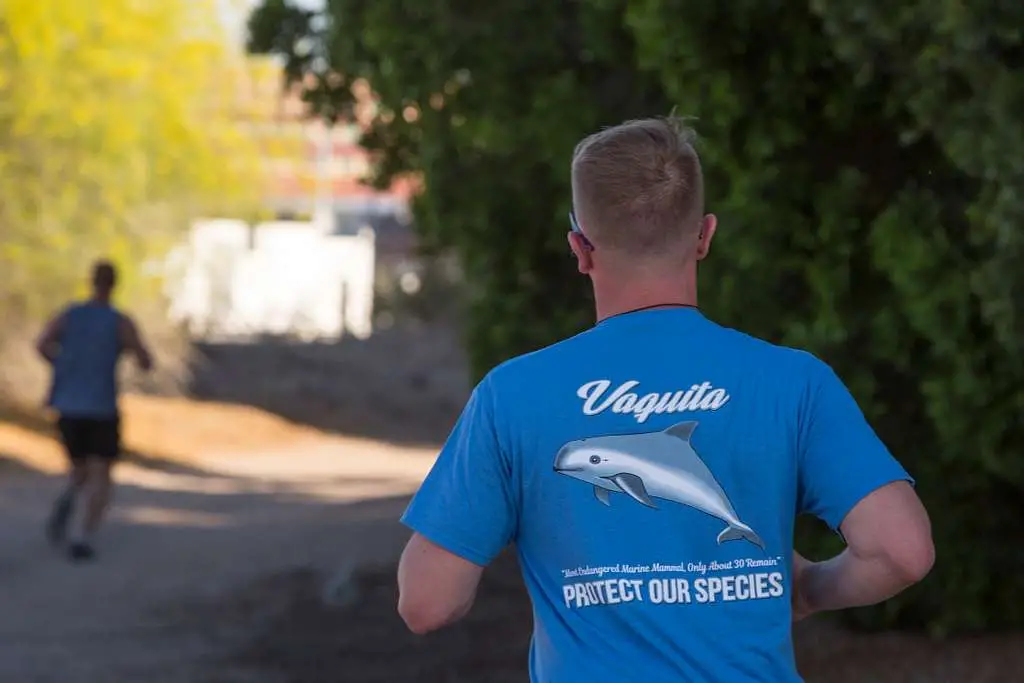
Public awareness has played a crucial role in bringing attention to the plight of the vaquita. While many people around the world may not be familiar with this rare species, advocacy campaigns are helping to raise awareness about the urgency of the situation. Documentaries, social media campaigns, and educational programs are all helping to spread the word about the vaquita’s endangered status. These campaigns have been instrumental in generating public pressure on governments to take action and in rallying support for conservation efforts. With increased awareness, people are also more likely to take personal actions that support the protection of the vaquita, such as supporting sustainable seafood initiatives or advocating for stricter regulations on illegal fishing.
By sharing information about the vaquita’s plight, scientists and conservationists hope to spark a global movement that prioritizes the protection of endangered species and the oceans. Public support can lead to increased funding for conservation programs, more resources for law enforcement, and ultimately, a greater chance of success in saving the vaquita. As awareness spreads, the sense of urgency grows, and more individuals and organizations are mobilizing to make a difference. The fight for the vaquita is not just about saving one species—it’s about inspiring global action to protect our planet’s biodiversity.
8. A Wake-Up Call for Other Endangered Species
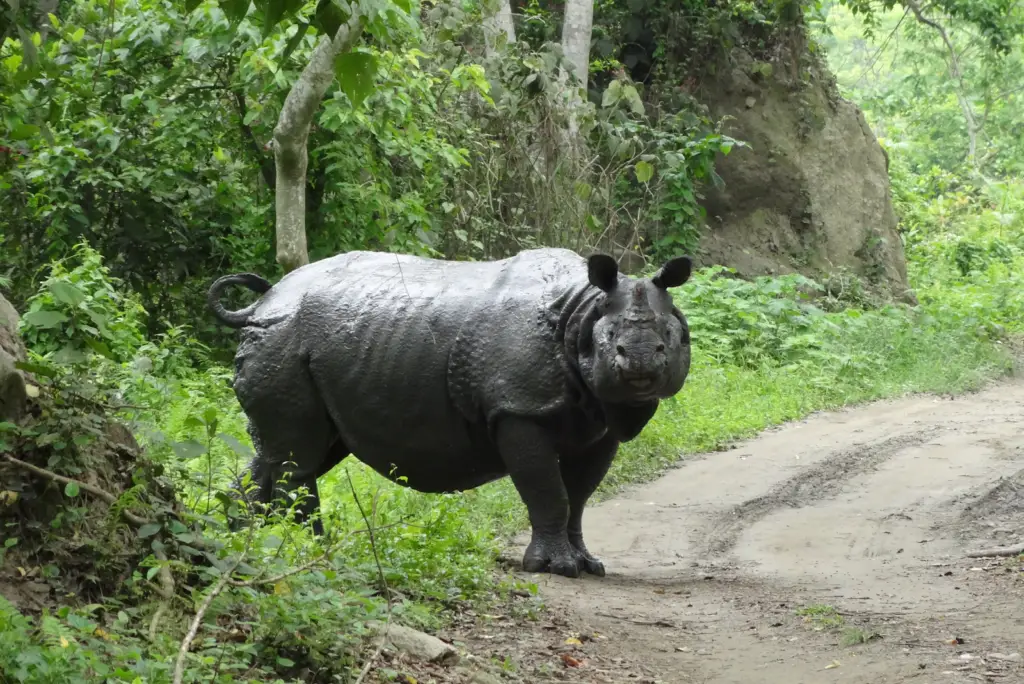
The critical situation facing the vaquita serves as a stark reminder of the many other species that are at risk of extinction. The loss of the vaquita would mark a devastating blow to marine biodiversity, but it would also be a warning sign of the larger environmental challenges we face. Climate change, pollution, overfishing, and habitat destruction are all contributing to the decline of species around the world. The vaquita’s near extinction highlights the urgent need for global action to address these threats, not just for the vaquita, but for all species that share our planet. By focusing efforts on saving the vaquita, scientists and conservationists are also drawing attention to the broader conservation crisis that demands immediate attention.
The vaquita’s situation is emblematic of the vulnerabilities faced by many species, and its potential extinction would be a devastating loss for humanity as well. Protecting the vaquita is not just about preserving a single species—it’s about protecting the health of our planet’s ecosystems and ensuring that future generations can experience the wonders of nature. By learning from the vaquita’s story, we can better understand the broader implications of human impact on wildlife and work to reverse the damage before it’s too late.
9. The Last Chance to Save a Species
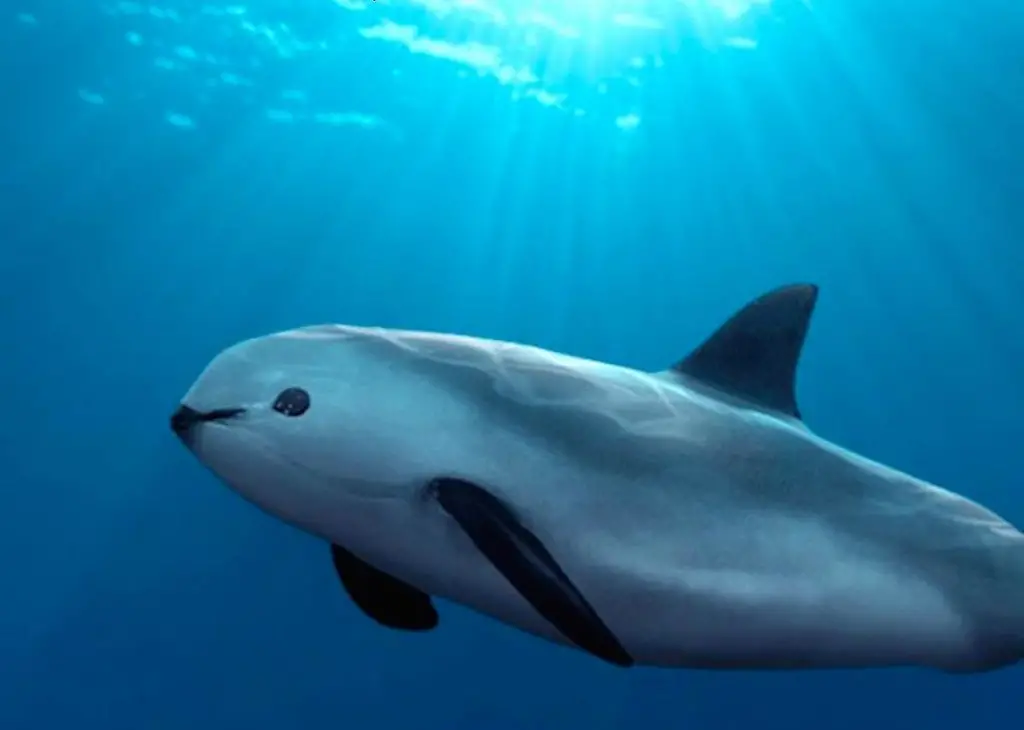
The vaquita’s status as the world’s rarest dolphin is both a heartbreaking reality and a call to action. With fewer than 10 individuals left, this is the final chance to save the species from extinction. Despite the dire situation, conservationists remain hopeful that if the right measures are taken immediately, the vaquita population can slowly recover. The primary focus must be on stopping illegal fishing and removing gillnets from the water. If successful, scientists believe there is still hope for the vaquita to repopulate, though it will take years or even decades. But without immediate intervention, the vaquita could vanish forever.
The world is at a crossroads, and this moment could define the future of the species. Scientists and conservationists are racing against the clock, but time is running out. The next few years will be critical in determining whether the vaquita can be saved or whether it will be lost to history. This is not just the last chance for the vaquita, but a final opportunity to demonstrate our commitment to protecting the biodiversity of our planet.
10. A Collective Responsibility
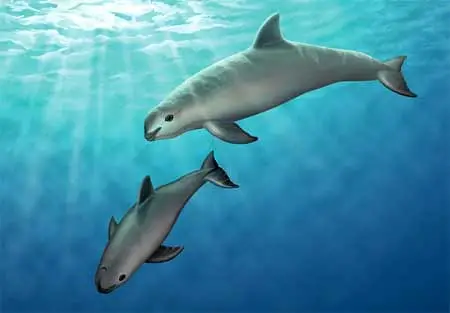
The fight to save the vaquita is not one that can be won by scientists alone—it is a collective responsibility that demands action from governments, local communities, and individuals around the world. Protecting the vaquita requires a multifaceted approach that involves law enforcement, conservation efforts, and global cooperation. It’s essential that people worldwide understand the significance of the vaquita’s situation and act accordingly, whether that means supporting sustainable fishing practices, advocating for stronger environmental protections, or raising awareness in their communities.
The loss of the vaquita would be a tragedy, but it is not inevitable. With the right support, policies, and technology, there is still hope. Every person has a role to play in this effort, whether through direct action or by simply spreading awareness. We must all recognize that the fate of the vaquita is a reflection of our own relationship with the planet. Together, we can protect the vaquita and ensure that it continues to thrive for generations to come.


